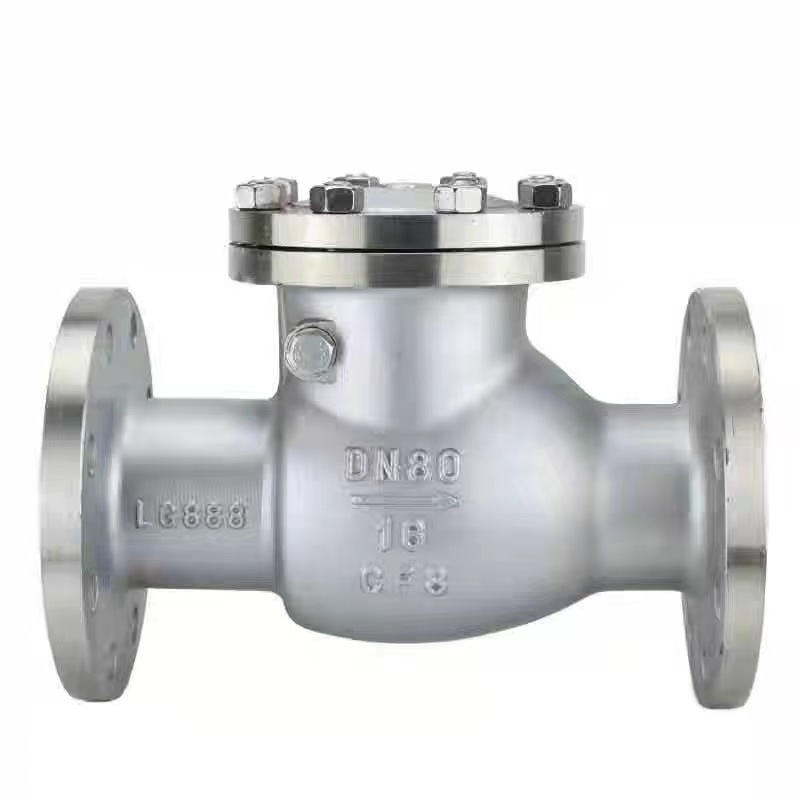Tel : +86-18059296519
Whatsapp : +8618059296519
Email : [email protected]
Check valve failures can stem from improper installation methods, inadequate maintenance practices, and insufficient research before application.
Such failures impede proper valve functioning and may lead to damage to pipe systems, pumps, and well equipment.
Check valve, also known as non-return valves, facilitate fluid flow in a single direction, preventing the reverse flow (backflow) in the applied system.
Consequently, a check valve failure in a well might result in fluid flowing back into the well.
Preventing check valve failures necessitates correct installation, regular testing for early detection of potential issues, and proper maintenance.
This discussion delves into the testing, installation, and assembly of check valves, addressing common failures, symptoms, causes, and solutions.
Discovering symptoms of a bad check valve is crucial to preventing leaks.
Incorrect installation, insufficient maintenance, and issues like reverse flow or damaged components can contribute to leaks.
Recognizing these symptoms enables timely intervention and ensures the proper functioning of check valves in fluid systems.
Selecting the appropriate check valve for the application and following the manufacturer’s guidelines during installation can prevent leaks.
Insufficient Maintenance
Regular inspection and cleaning of check valves are crucial to prevent debris buildup and extend the valve’s lifespan.
Excessive reverse flow can cause wear and tear on the valve, leading to eventual leaks.
Elevated temperatures can accelerate valve wear and reduce the effectiveness of the seal.
Excessive wear, tear, or improper installation can result in leaks from the stem.
Improper installation or wear and tear of the seat seal can lead to leaks.
Over time, fasteners can loosen, causing leaks around the valve.
Gaskets that become damaged or worn out can contribute to leaks.
Solid particles trapped in the valve can obstruct the flow and cause leaks.
To address check valve leaks, regular maintenance, debris removal, and prompt replacement of damaged components are recommended.
If issues persist, replacing the entire valve may be necessary.
Identifying and fixing check valve problems is crucial for optimal performance. Here are solutions to common issues:
Replace worn-out components like the disc, seat, spring, or gasket to prevent leaks.
Reduce reverse flow to prevent valve wear and tear.
Apply lubrication to reduce friction, enhancing the valve’s service life.
If issues persist, consider replacing the entire valve.
It’s crucial to adhere to the manufacturer’s instructions for installation and maintenance, ensuring proper function and preventing damage to the valve or the system.
Regular inspections and cleaning further contribute to leak prevention and overall system health.
